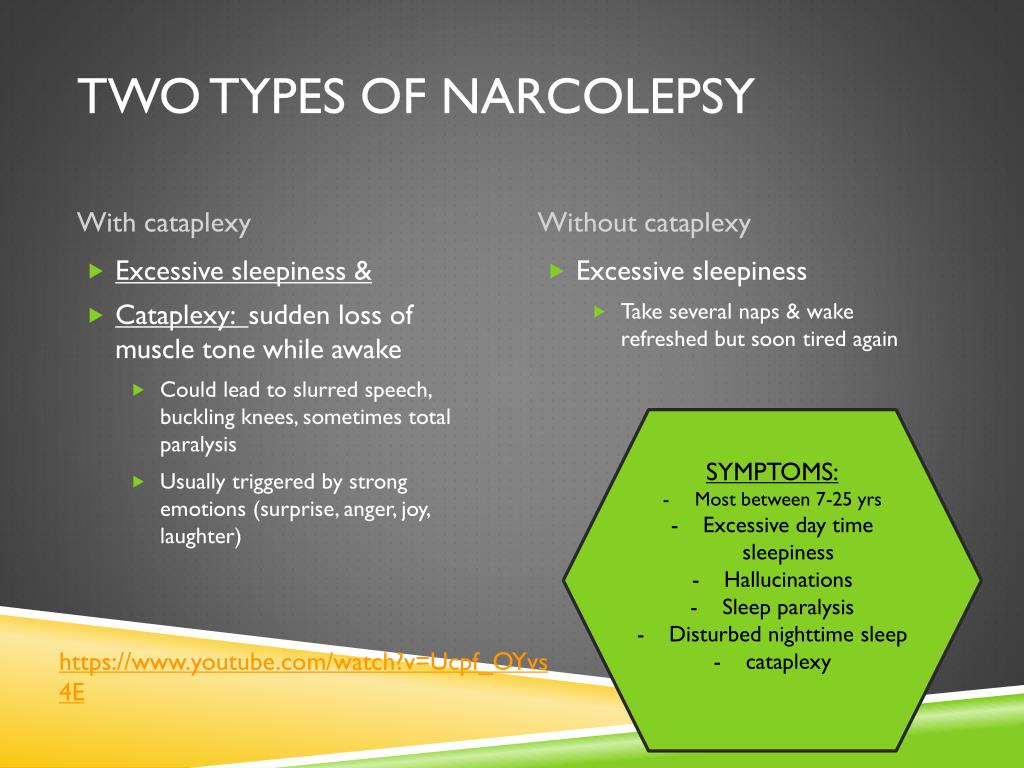

Hypocretin is a neurotransmitter that stimulates attentiveness during the daytime. What Causes Cataplexy?Ĭataplexy is related to a reduced amount of a neurotransmitter called hypocretin in the brain. Of those people with narcolepsy, an estimated 8 in 10 children and 3 in 10 adults have cataplexy. While it is not known how many people suffer from cataplexy, narcolepsy is thought to affect as many as 200,000 people in the United States. Stats: How Many Suffer from this Disorder?Ĭataplexy occurs in some children and adults with narcolepsy, and more rarely can be associated with other disorders. These episodes can last a few seconds to several minutes, but the person remains awake during the episode and experiences an instant recovery when the episode resolves.
#Narcolepsy cataplexy dropping things full#
Others have full body weakness or paralysis that causes them to collapse. Some people experience partial paralysis of their face, causing their eyelids to droop or their mouth to hang open. It is most often related to a positive, strong emotional response such as excitement or laughter, however, it can be associated with other powerful emotions like anger or stress.Ĭataplexy affects people to different degrees. Cataplexy: What Does It Mean?Ĭataplexy is a partial or generalized loss of muscle tone or control that is triggered by emotion. While cataplexy can have a large impact on a person’s life, there are resources and treatments available to help those struggling to manage their illness. Those who suffer from cataplexy can feel isolated as they tend to withdraw from emotionally charged situations in order to manage their symptoms. Cataplexy Resources and Support HelplineĬataplexy is a rare disorder in which a person loses muscle control when experiencing strong emotions (also one of the symptoms of narcolepsy).What Should I be Looking for in an LMHP?.Look out for These Complications/Risk Factors.Testing: What are the Diagnostic Criteria Per the DSM 5?.

Stats: How Many Suffer from this Disorder?.


 0 kommentar(er)
0 kommentar(er)
